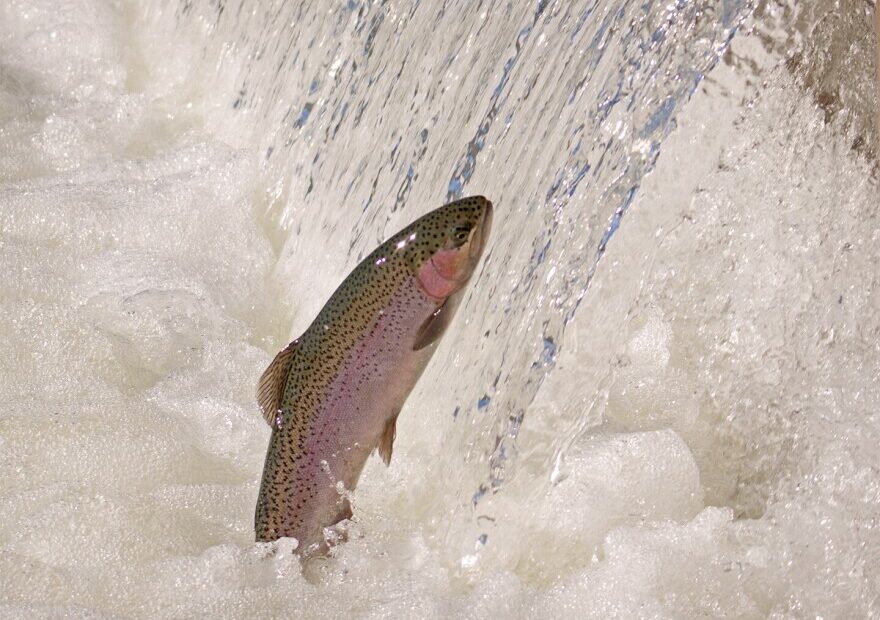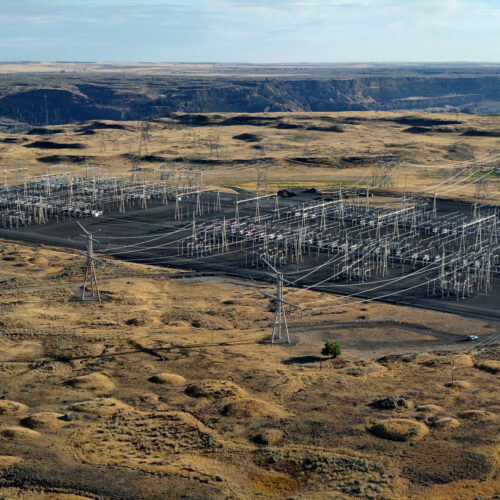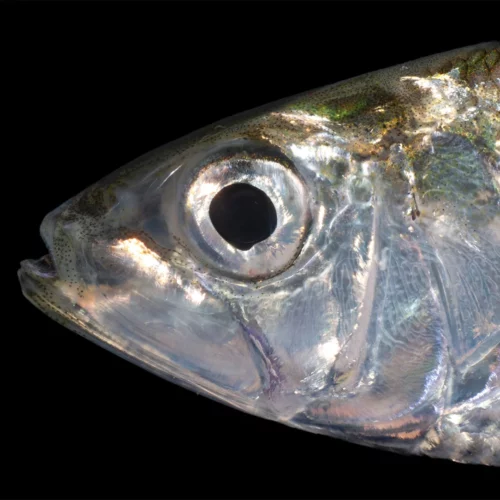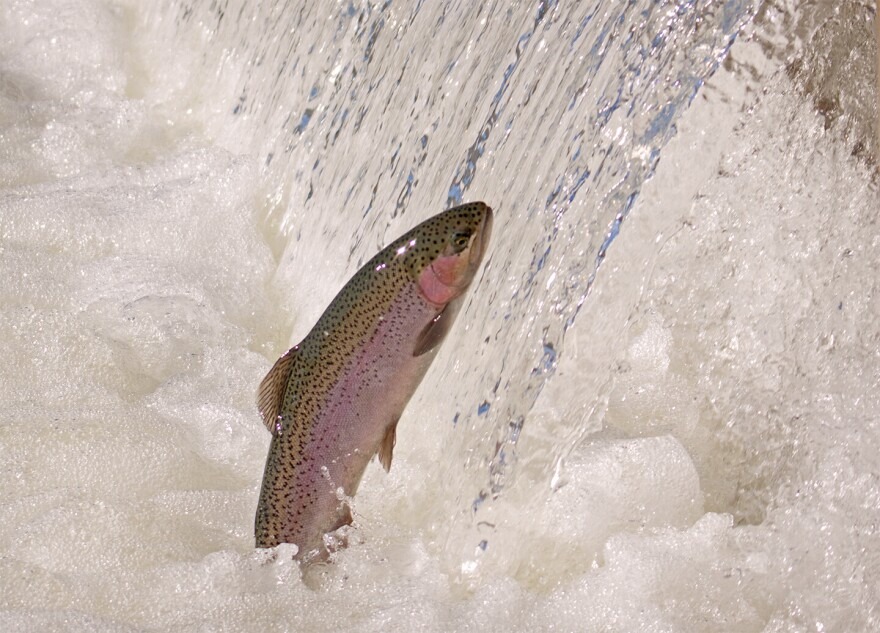
Army Corps Continues To Investigate 30 Steelhead Found Dead Near An Idaho Dam
Read
The U.S. Army Corps of Engineers is continuing its investigation into the deaths of around 30 steelhead trout near Idaho’s Dworshak Dam on the North Fork of the Clearwater River.
Anglers first noticed dead and injured fish near the dam and alerted biologists with Idaho Fish and Game, who went to assess the situation on Dec. 23. Idaho Fish and Game then alerted the Army Corps.
Dead and injured steelhead were found in the tailrace of the dam, the channel of water moving downstream of a dam.
“We as fish managers and our anglers do not like to see the dams killing fish,” said Jonathan Ebel, a fisheries biologist with Idaho Fish and Game. “We do not see fish kills in the tailrace of the dam unless they’re caused by the dam.”
However, the steelhead deaths and injuries could have other causes, according to an email from Dylan Peters, public affairs specialist for the Army Corps of Engineers Walla Walla District.
For example, fish could have died or been injured in the tailrace or in parts of the dam that weren’t running earlier in the year. Then, Peters said, the fish could have been pushed to the surface as the dam’s turbine started up.
Similarly, coho salmon that swam in from the ocean in 2021 could have died in the area of the dam that wasn’t running. Those fish carcasses could have been pushed to the surface as the turbine started up and been misidentified, Peters said.
Ebel said fish mortalities and injuries at Dworshak Dam are fairly rare but not unheard of, occurring every two to three years at the dam.
A large kill occurred in 2016, when the Army Corps found that non-routine turbine maintenance killed 200 steelhead in the dam’s tailrace.
The 2016 deaths prompted the Army Corps to update its testing turbine procedures at Dworshak Dam, Peters said.
Earlier fish deaths appeared to happen when steelhead swam into tubes that lead to the turbine while the water flows were low, Peters said. The fish would then run into the turbine as it started up.
To help reduce mortalities after 2016, the Army Corps installed compressed air to lower the water level below the turbines, which creates a void to prevent fish from reaching the turbine, Peters said. As the turbine ramps up and reaches full speed, the water eventually becomes too high for steelhead to reach the turbine.
“No fish mortalities of this scale have been observed since the start-up procedure was put in place in response to the 2016 incident,” Peters said
A few dead fish were found in 2017 and 2018, Peters said.
After a preliminary investigation into the recent 30 steelhead deaths, the Army Corps found operators correctly followed all turbine start-up procedures, which are meant to reduce, but not eliminate, fish mortalities.
The adult steelhead migrated this past summer from the ocean to the river system to spawn. In December, the steelhead were overwintering and would have begun to migrate upstream to spawn in the spring, Peters said.
To help reduce fish mortalities at the dam, Ebel said Idaho Fish and Game would like the Army Corps to limit unnecessary turbine switches until it knows exactly why fish are injured and killed at the dam.
“Nobody likes to see this happen,” Ebel said.
Related Stories:

This transfer will help Grand Coulee Dam run more efficiently, save money
One of the electrical switchyards at Grand Coulee Dam. (Credit: Bureau of Reclamation) Listen (Runtime 0:56) Read There’s a transfer happening at Grand Coulee Dam. After years of planning, the

Decision upheld to remove a portion of Electron Dam on the Puyallup River
A portion of the Electron Dam on the Puyallup River has to be removed, according to a decision from the 9th U.S. Circuit Court of Appeals.
The federal appeals court upheld the decision by the U.S. District Court for the Western District of Washington that a vertical metal wall portion of the dam, a temporary spillway, makes the dam a complete barrier to fish passage and must be removed.

American shad clog fish ladders, causing trouble for salmon
In recent years, non-native American shad migrating past Bonneville Dam greatly outnumbered the total salmon and steelhead. (Credit: Smithsonian Environmental Research Center / Flickr Creative Commons) Listen (Runtime 1:10) Read
















